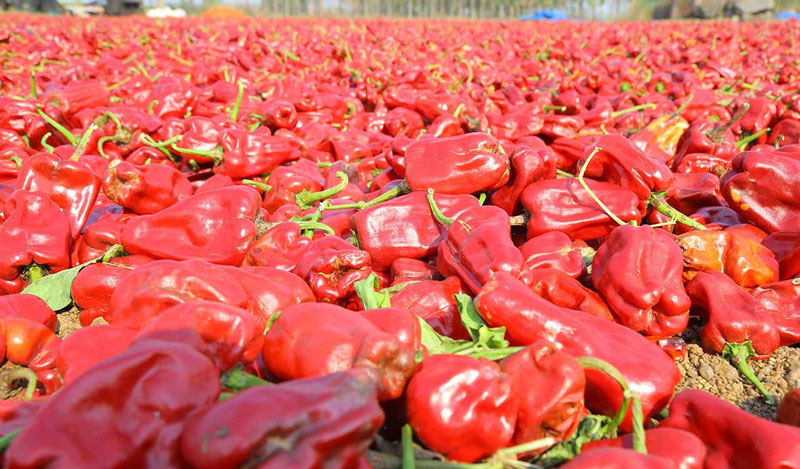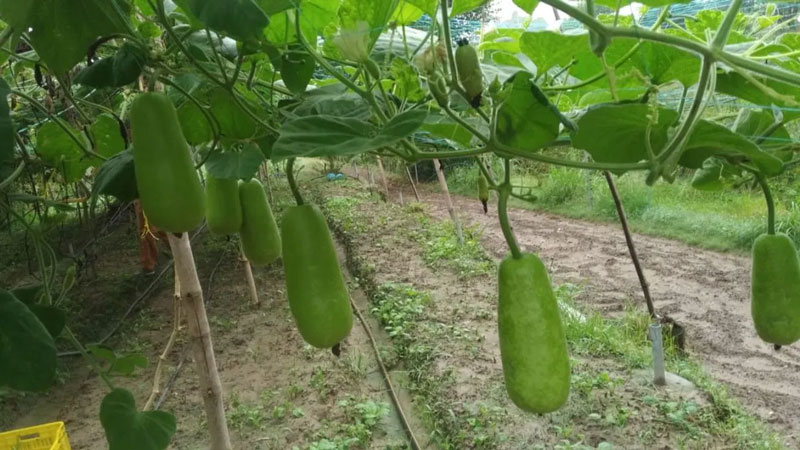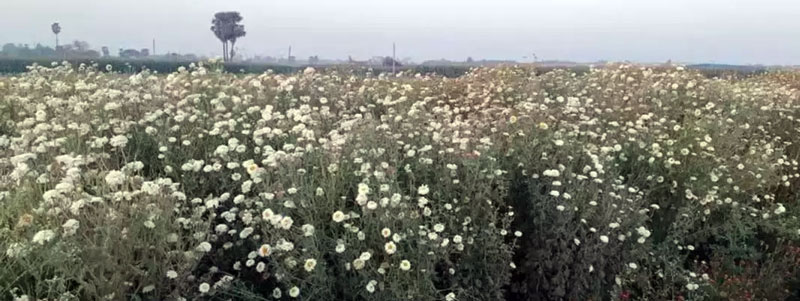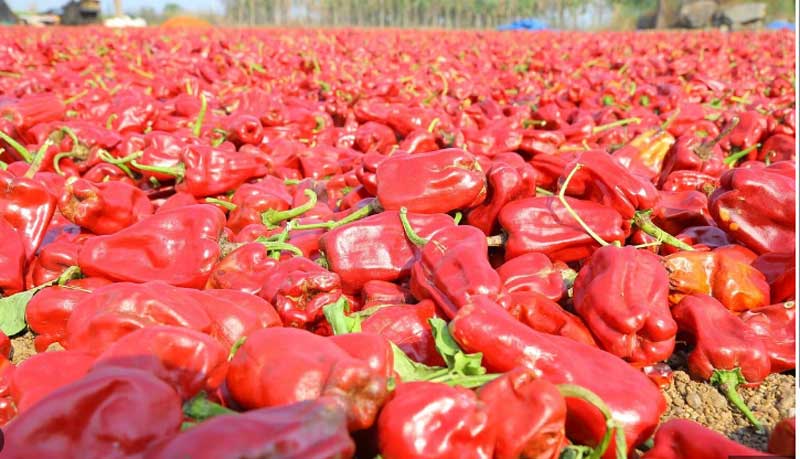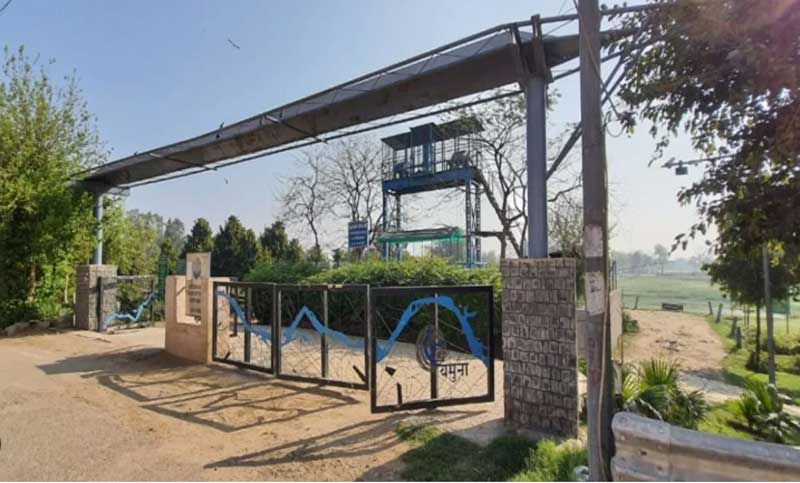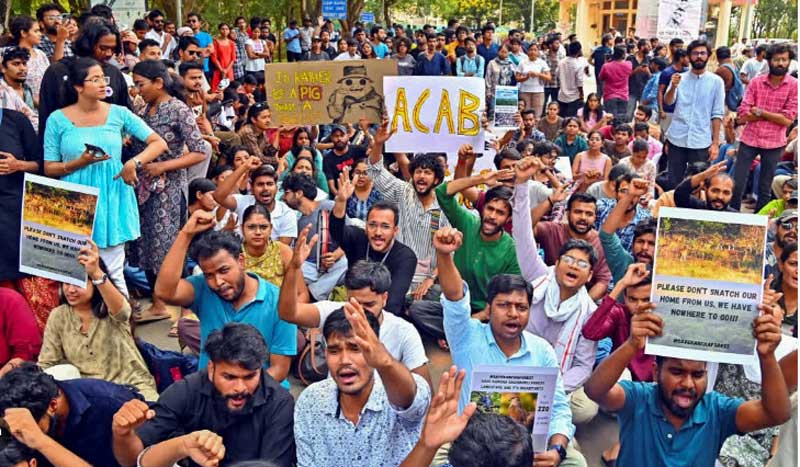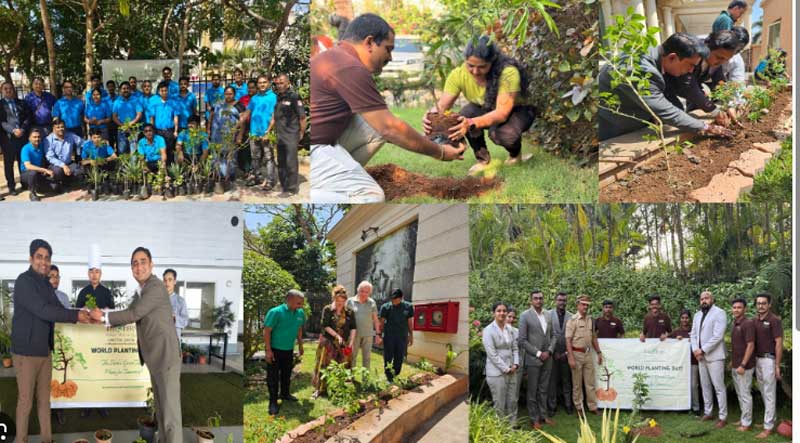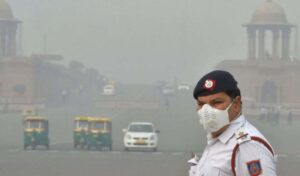Harsh winters pose challenges for north Indian mango farmers
Lucknow: North India witnesses a harsh winter season; dropping temperatures sometimes become a challenge for farmers. Cold air and dense fog sometimes persist for days, blocking sunlight entirely. Such usually affected fruit plants, especially those with milky secretions, severely. Low temperatures slow the flow of sap within the trees, making them appear yellow and unhealthy. Horticulturists need to become careful and try to adopt strategies that minimize damage and ensure a good harvest.
Mango is a perennial fruit crop requiring special care compared to other horticulture plants. In February, mango trees start flowering, making it essential to care for trees carefully in winter for a healthy yield. For new mango orchards, protecting saplings from frost in January is vital. Farmers should cover nursery plants with straw or grass shelters and provide light irrigation to prevent frost damage. Regular weeding and cleaning of orchards are also necessary. By February, the shelters can be removed to allow proper growth.
Also Read: Crime under green: Police bust cannabis nursery in Greater Noida
Mature mango trees that are about to flower need special attention, as fruit production depends on them. Flowering and fruit setting are heavily influenced by weather. Ideal conditions for mango flowering include high humidity and temperatures between 30-35°C. The flowering process begins after a cold spell (25–30 °C), followed by a gradual temperature rise.
However, adverse weather can delay flowering. Extremely cold or warm conditions during winter or dry weather during warm spells can reduce the chances of fruit setting. Farmers who follow these tips can protect their mango orchards during winters and ensure a fruitful harvest in the season.


